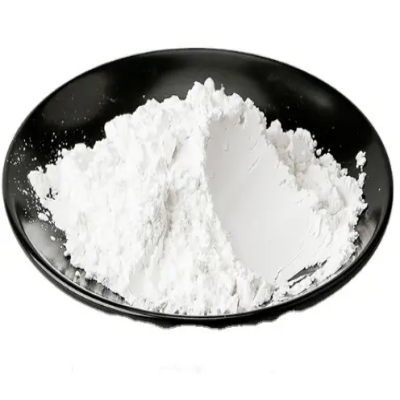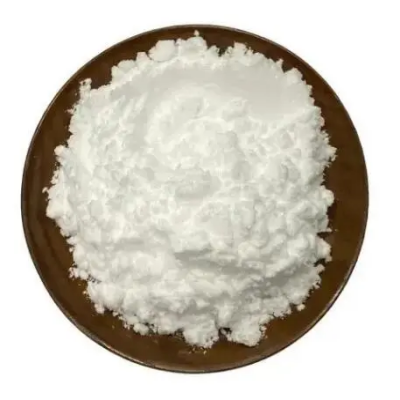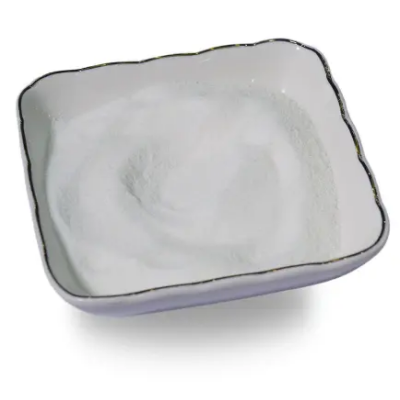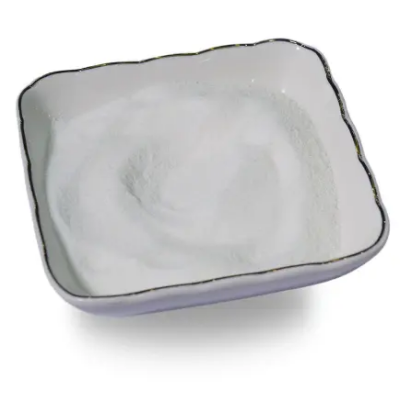(2R,3R,4R,5S,6S)-2-(Acetoxymethyl)-6-[4-chloro-3-(4-ethoxybenzyl)phenyl]tetrahydropyran-3,4,5-triyl Triacetate CAS:461432-25-7
Synthesized via sophisticated organic methodologies, (2R,3R,4R,5S,6S)-2-(Acetoxymethyl)-6-[4-chloro-3-(4-ethoxybenzyl)phenyl]tetrahydropyran-3,4,5-triyl Triacetate possesses a unique molecular architecture crucial for its diverse applications. The tetrahydropyran framework, along with the acetoxymethyl and 4-chloro-3-(4-ethoxybenzyl)phenyl moieties, influences its reactivity, solubility, and compatibility in various chemical environments. Applications in Organic Synthesis This compound serves as a versatile building block in organic synthesis, facilitating the construction of complex molecules due to its structural complexity and functional groups. The tetrahydropyran scaffold provides structural integrity and rigidity, aiding in controlled reactions and stereoselective transformations. Such attributes are essential in the synthesis of natural products and pharmaceutical intermediates. Pharmaceutical Potential The presence of a phenyl ring with chloro and 4-ethoxybenzyl groups suggests potential pharmacological activities. Research focuses on exploring its role as a lead compound or pharmacophore for drug development, targeting specific biological pathways or receptors. The acetoxymethyl group can act as a protecting group strategy in medicinal chemistry, enhancing stability and targeted delivery in pharmaceutical formulations. Material Science Applications In material science, (2R,3R,4R,5S,6S)-2-(Acetoxymethyl)-6-[4-chloro-3-(4-ethoxybenzyl)phenyl]tetrahydropyran-3,4,5-triyl Triacetate contributes to advancements in functionalized surfaces and polymer chemistry. Its tailored chemical structure offers opportunities for surface modification and integration into polymeric matrices, enhancing properties such as adhesion, mechanical strength, and biocompatibility in materials for various applications. Biomedical Implications Studies explore its potential in biomedical applications, leveraging its structural features for enhancing drug delivery systems or bioactive coatings. Functionalization strategies with this compound aim to improve therapeutic efficacy, biocompatibility, and targeted interactions with biological systems, thereby advancing biomedical device technologies and treatment modalities. Synthesis and Development The synthesis of (2R,3R,4R,5S,6S)-2-(Acetoxymethyl)-6-[4-chloro-3-(4-ethoxybenzyl)phenyl]tetrahydropyran-3,4,5-triyl Triacetate involves intricate organic synthetic routes starting from commercially available materials. Optimization of these routes is critical to achieving high purity and yield, essential for both research and industrial-scale applications. Continuous development aims to streamline synthesis for cost-effective and sustainable production. Current Research and Future Directions Current research initiatives aim to expand the compound's applications in pharmaceuticals, materials science, and biotechnology. Future directions include exploring its efficacy in targeted drug delivery systems, enhancing its compatibility with biological interfaces, and optimizing its chemical modifications for specific therapeutic applications. Additionally, efforts focus on elucidating its mechanisms of action and further refining synthetic methodologies to meet evolving scientific and industrial needs. Conclusion In conclusion, (2R,3R,4R,5S,6S)-2-(Acetoxymethyl)-6-[4-chloro-3-(4-ethoxybenzyl)phenyl]tetrahydropyran-3,4,5-triyl Triacetate represents a multifaceted compound with significant implications across organic synthesis, pharmaceutical research, and material science. Its intricate molecular structure, combining tetrahydropyran, phenyl, and acetoxymethyl functionalities, underscores its versatility and potential for innovation in various technological fields. Advancing research into its properties, applications, and synthetic methodologies promises to unlock new opportunities for addressing complex challenges in chemistry, medicine, and beyond.



| Composition | C29H33ClO10 |
| Assay | 99% |
| Appearance | white powder |
| CAS No. | 461432-25-7 |
| Packing | Small and bulk |
| Shelf Life | 2 years |
| Storage | Store in cool and dry area |
| Certification | ISO. |


![(2R,3R,4R,5S,6S)-2-(Acetoxymethyl)-6-[4-chloro-3-(4-ethoxybenzyl)phenyl]tetrahydropyran-3,4,5-triyl Triacetate CAS:461432-25-7 Featured Image](https://cdn.globalso.com/xindaobiotech/14Z4YR3PJ6@V5_YM304.png)
![(2R,3R,4R,5S,6S)-2-(Acetoxymethyl)-6-[4-chloro-3-(4-ethoxybenzyl)phenyl]tetrahydropyran-3,4,5-triyl Triacetate CAS:461432-25-7](https://cdn.globalso.com/xindaobiotech/14Z4YR3PJ6@V5_YM304-300x300.png)



![4-[4-[(5S)-5-(Aminomethyl)-2-oxo-3-oxazolidinyl]phenyl]-3-morpholinone hydrochloride CAS:898543-06-1](https://cdn.globalso.com/xindaobiotech/7LVCT9VXBEN4TVS1KO0M49.png)

